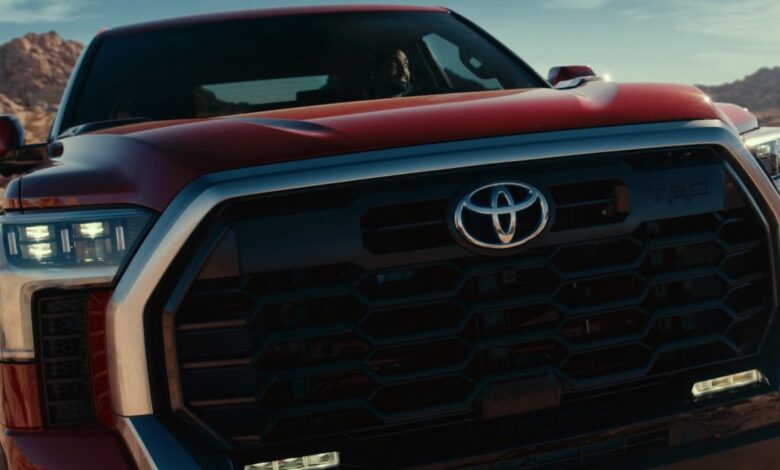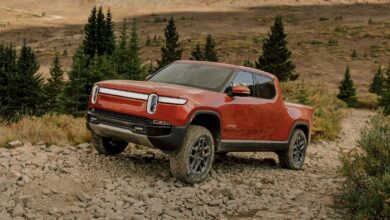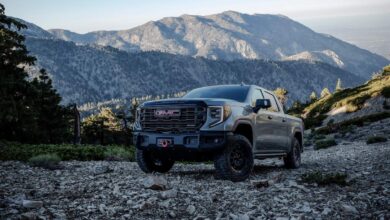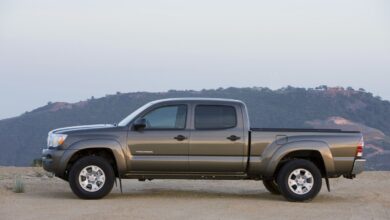What Toyota Tundra Owners Wish They Could Improve About Their Trucks

Many cars last more than 200,000 miles, especially trucks and SUVs. The Toyota Tundra is one of the most attractive examples in the full-size pickup segment, especially after its recent redesign. It introduced an upgraded suspension system for improved ride quality and higher towing capabilities.
Even before this next-generation truck debuted, most drivers had no complaints about the outgoing model’s performance. However, there are still a few things seasoned Tundra owners don’t like about their trucks. Have these shortcomings been improved on the latest Toyota Tundra?
In opinion polls, most Tundra drivers rated fuel economy as their least favorite part of the truck. The outgoing Toyota Tundra earns 13/17 mpg city/highway, regardless of what drivetrain it has. This truck’s only V8 engine is capable of 381 horsepower and 401 lb-ft of torque, paired with a six-speed automatic transmission.
A truck’s gas mileage gets worse when you’re hauling a lot of cargo, which is another area where the Toyota Tundra underperforms. It can only tow a maximum of 10,200 pounds with the right configurations, while some full-size competitors can tow upwards of 12,000 pounds. Payload capacity is a little disappointing at 1,730 lbs.
Toyota Tundra drivers want better interiors and infotainment systems
The Toyota Tundra’s old infotainment interface still has plenty of modern features, including compatibility with Amazon Alexa. However, some of its controls are smaller compared to others, and Entune’s menu structure confuses many drivers. Accordingly, using Entune’s navigation is troublesome and requires a lot of steps.
While the seats offer plenty of legroom for all riders, the seats themselves don’t offer much support. Up to six people can be accommodated inside the largest taxis. Most of the upgraded cabin materials are reserved for fully loaded 1794 Edition models.
What the professionals say about the 2022 Toyota Tundra
JD Power gave it high marks, especially for its revised powertrain lineup. The site tested the optional hybrid powertrain, which includes a twin-turbo V6 and one electric motor. Combined, they make 437 horsepower and 583 pound-feet of torque.
A hybrid powertrain can be added to every trim, but it’s standard on the Capstone model. Otherwise, the Toyota Tundra comes standard with an upgraded V6 engine that makes 381 horsepower and 479 pound-feet of torque. Both engines are also mated to the same 10-speed automatic transmission.
JD Power says the power delivery is smooth for the engines, but the hybrid engine delivers the fastest, quietest acceleration. It also gets the best fuel economy with an estimated 20/24 mpg city/highway. Even if you stick with the base engine, that’ll earn an average of 18/23 mpg city/highway.
JD Power was also impressed with the Tundra’s new standard suspension, as well as the track-oriented suspension included with the TRD off-road package. Plus, testers appreciated how quickly the brakes kicked in when towing a trailer. Towing capacity has been upgraded to 12,000 pounds and the TRD package includes plenty of towing safety features.
The Toyota Tundra has also updated the interiors across the equipment lineup. On the seats, you get faux leather seats with heating and ventilation for the front seat occupants. Testers found the seats plush and easy to access through the Tundra’s wide doors.
The audio and multimedia interface replaces the outgoing one. JD Power praises the system’s controls for their intuitiveness and quick operation. Testers also enjoyed using Toyota’s voice-activated digital assistant.
Higher trims, like the Limited, come with an optional 14-inch touchscreen and some additional USB ports. With several much-needed improvements, we believe the latest Toyota Tundra will surely please its fans.




